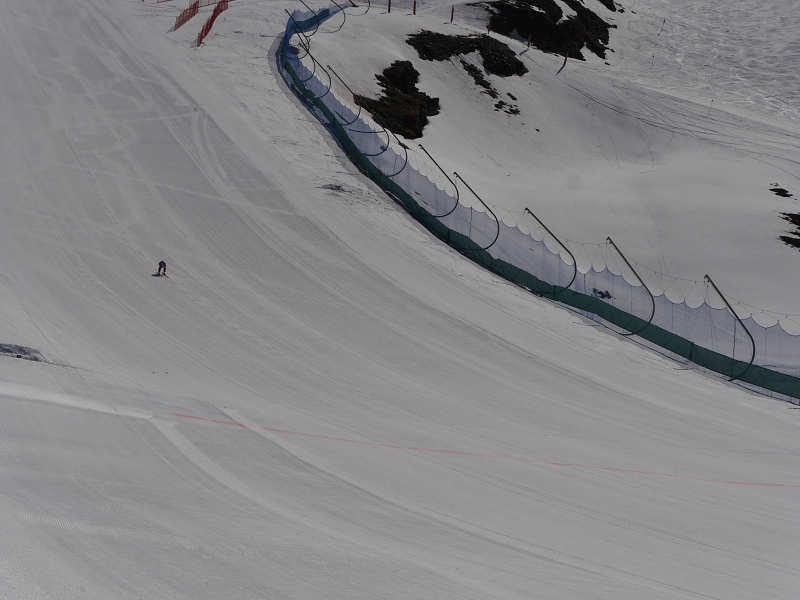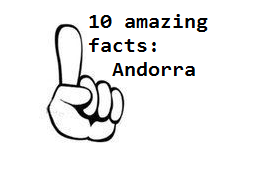Herrera the Younger. The Absolute Baroque, the exhibition on display in Room C of the Jerónimos Building until 30 July thanks to the sponsorship of the Friends of the Prado Foundation and the collaboration of the City Council of Madrid (Spain), reinstates a key figure who exemplifies the multifaceted nature of the true Baroque.
Through more than 70 works it analyses Herrera’s time in Italy, his abilities as a painter of large-scale frescoes, the influence of his initial training with his father in Seville and his relationship with Murillo, in addition to his graphic output and the fact that he introduced the estípite or inverted, obelix-shaped pilaster into Spanish altarpiece design.
One of the most outstanding works in the exhibition is the manuscript of Los celos hacen estrellas by Juan Vélez de Guevara, illustrated with Herrera’s set designs for it. This unique survival can now be seen for the first time in Madrid thanks to the exceptional loan by the Österreichische Nationalbibliothek in Vienna. Considered the first zarzuela [lyric verse drama] and the origins of that genre, it will be performed in a world exclusive in the museum’s auditorium thanks to the generosity of the Friends of the Museo del Prado Foundation.
Almost 90% of the paintings on display have been specially restored for the exhibition, some of them rescued from oblivion and many leaving the churches for which they were painted for the first time.
Francisco Herrera the Younger (“el Mozo”; 1622 – 25 August 1685) was a Spanish painter and architect. Born in Seville, he was the second son of Francisco Herrera the Elder (“el Viejo”), and began his career under his father’s instruction; but the father’s violent temper at last became so intolerable that the youth fled to Rome. For six years the younger Herrera devoted himself to the study of architecture, perspective, and the antique, his aim being fresco painting.











